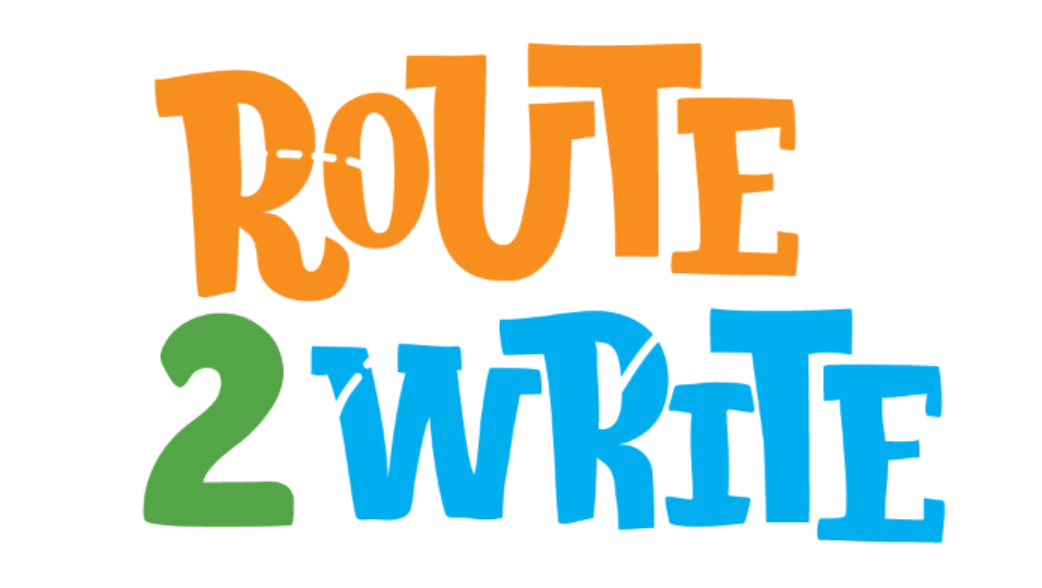It's a lazy Sunday afternoon, the perfect for fostering a love of literature in your child. You envision a peaceful time reading a classic together, perhaps The Chronicles of Narnia. With a smile, you suggest, "How about we spend some time reading a good book?" You gesture towards the classics on the bookshelf.
Instead of reaching for Lewis or Tolkien, your child darts to another shelf and returns with a stack of brightly colored comic books, full of Booms, Pows, and Kapaws. "How about these?" they ask excitedly, holding up the vibrant superhero tales. There's a brief pause as you adjust to the mismatch between expectation and reality. So much for Great Expectations!
As a parent, it’s natural to want the best for your child, especially when it comes to education and developing lifelong skills like reading. However, you might find yourself at a crossroads when your child shows an overwhelming preference for comic books or graphic novels, seemingly at the expense of more traditional literature. This preference can spark concerns about whether these choices will provide them with the vocabulary and critical thinking experience often associated with classic literature. In this blog, we’ll discuss this issue, and look at what, if anything, you should try to do about it as parents.
The initial concern here is clear: parents worry their children are missing out on the benefits of reading "real" books—those texts traditionally recognized for their literary merit and complexity. The fear is that lighter material like comics might not challenge their children enough or provide them with a well-rounded vocabulary.
Before we dive into solving this perceived problem, let’s reassess the situation. It might surprise you to hear that recent studies suggest that reading in any form—including comics and graphic novels—can be beneficial. These forms of literature not only improve vocabulary and reading fluency but also enhance creativity and visual literacy skills. Comics often tackle complex issues and themes, just like traditional novels, but they do so in a visually engaging way that can be more accessible to reluctant readers. Put yourself in your child’s shoes: wouldn’t you be more attracted to the colourful comics than the dusty, leather-bound novels on the shelf?
Moreover, the notion that comic books are "easier" reading can be a misnomer. The interplay of text and graphics requires a different type of literacy that can enrich interpretative skills. Also, the engagement that these books provide can be a powerful motivator for reading more generally, building confidence and enjoyment in reading that can transition into other forms of literature.
Putting the benefits of comic books aside, it is never a bad idea to try to encourage your child to show interest in a range of different types of literature. But that doesn’t have to be at the expense of the enjoyment that reading comics brings. If you're looking to broaden your child's reading repertoire, consider these strategies:
Connect Interests: Find traditional books that match the themes of their favorite comics. If they love superhero comics, introduce them to books with heroic characters and moral dilemmas.
Read Together: Share the reading experience by exploring a mix of graphic novels and traditional books. Discussing the content can deepen understanding and appreciation of different formats.
Set an Example: Let your child see you reading a variety of materials. Children are influenced by modeling, so seeing you engaged with diverse texts can pique their interest.
Visit Libraries and Bookstores: Frequent visits to libraries and bookstores can expose your child to a wide range of books. Many libraries also host book clubs and reading sessions that cater to young readers. Many parents want their children to read, but refuse to buy them new books or take them to the library. This is rather counterintuitive, and will not lead to a huge improvement in reading skills.
While the initial impulse might be to steer children away from comics in favor of "real" books, it's important to recognize the value in all reading. Encouraging a love for reading, regardless of the format, is the true goal. By broadening the types of reading material your child is exposed to and participating in the reading process with them, you can foster a lifelong love of reading and learning. Remember, the key is not just what children read, but that they are reading at all.

